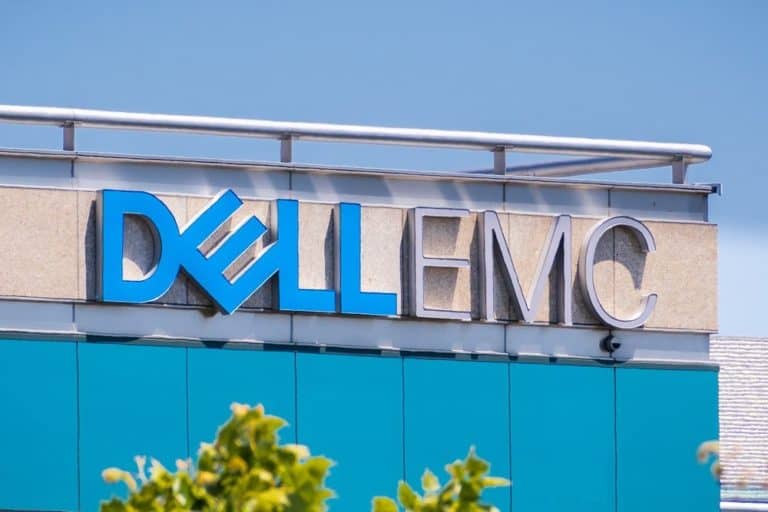Dell is stepping up its push to be among the top players at the Edge of corporate networks. The company aims to achieve this using a set of new servers and specially built platforms designed to function in the most remote and extreme environments.
Edge computing comprises a distributed architecture that brings content, data, and processing closet to the apps, devices, and users that create and use them. International Data Corp (IDC) predicts that over 50% of new enterprise IT infrastructure will take place at Edge locations by 2023, up from less than 10% today.
Responding to the forecast
In anticipation of the predicted spending surge, computer and network hardware manufacturers, telecom providers, and cloud platform companies have been vying for a position to benefit.
Dell’s latest announcements include new satellite nodes based on its VxRail hyperconverged infrastructure, a gateway connecting multiple edge devices, a platform for streaming data ingestion, and a ruggedized version of two models in the Latitude line.
The VxRail satellite single-node deployments are co-developed with Dell’s subsidiary VMware. It can be used for operations automation and equipment lifecycle management from one dashboard without needing local technical resources.
What’s included?
There’s a new Dell EMC Edge Gateway to control multiple edge devices with storage and computing capabilities, the Dell EMC Streaming Data Platform, and ruggedized versions of the Latitude 5430 and 7330 laptops.
Both laptops are designed to withstand harsh environments, with the 7330 able to withstand harsher environments, given that it can survive six-foot falls, while the 5430 version is more of a semi-rugged type.
Both laptops support Wi-Fi 6E and 5G wireless networking, battery life reaches up to 25 hours with the dual hot-swappable batteries and bright screen for use in the daylight.
